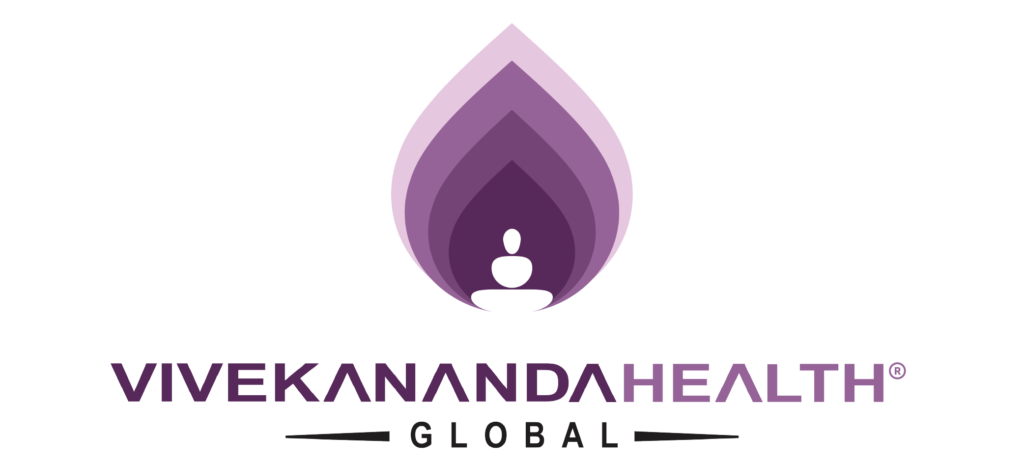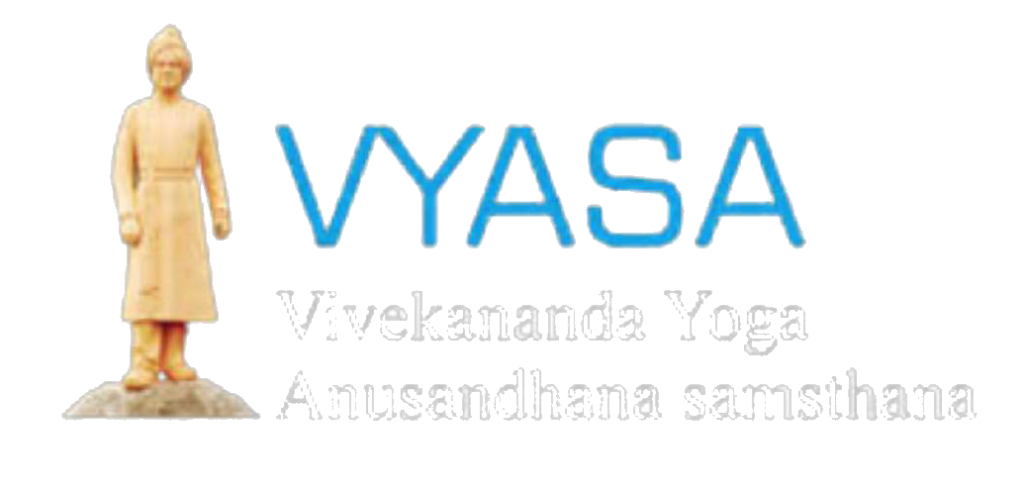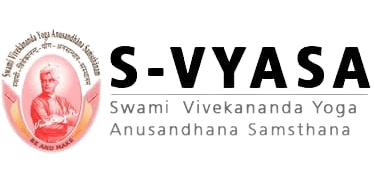
Trigeminal neuralgia is a chronic pain condition characterized by recurrent brief episodes of electric shock-like pains affecting the 5th cranial nerve. Trigeminal nerve is called 5th cranial nerve. It originates from the pons and it has three branches called ophthalmic, maxillary and mandibular branch. These branches supply the forehead, cheek and lower jaw. This condition is almost always unilateral and involve one or more divisions of trigeminal nerve.
Case at VHG:
A 53 year old female patient came with the known complaint of trigeminal neuralgia.She was suffering since 5 years and complained of sharp pain and heaviness at right cheek. Her pain originated from right nasal area and moved towards the right ear. The patient was coming to the clinic by placing her hand on right side of her face due to severe pain and swelling. The pain was aggravating with the stress andshe also had complaint of disturbed sleep due to pain.
Patient was on Etoricoxib (Etoshine 90) to control her pain and was worried about taking regular medicines to manage pain.
Treatment at VHG
Treatments options included Acupuncture, panchakarma treatments of Nasya, Virechana and Yoga therapy with oral ayurvedic medicines.
Acupuncture and nasyawas the first line of treatment for 7 days. Patient was under medication with treatments. There was gradual reduction in her pain and was therefore advised acupuncture on alternate day for 3 weeks. She later underwent Virechana and post treatment intermittently underwent Acupuncture. Therapeutic yoga played a cruical role in her recovery as it helped her to manage the stress and to improve her way of thinking and sleep.
Pre and post Assessment:
VAS: Visual analogue scale (VAS) used to assess her pain before and after the treatment.Visual analogue scale is one of the pain rating scale. Numeral rating scale is the most commonly used rating scale in VAS were 0 represents no pain and 10 is worst pain the.
PSS: The PerceivedStress Scale (PSS) is the most widely used psychological instrument for measuring the perception of Stress. It is a measure of the degree to which situations in one’s life are appraised as stressful. There are 10 questions to evaluate the stress by giving scores 0,1,2,3 and 4.
Total score 0-13 is considered as low stress, 14-26 is moderate stress and between 27-40 is high stress.
Conclusion:
Integrative approach including Ayurveda Yoga therapy andAcupuncture helped a patient recover considerably from the trigeminal neuralgic pain, improve sleep and quality of life.



